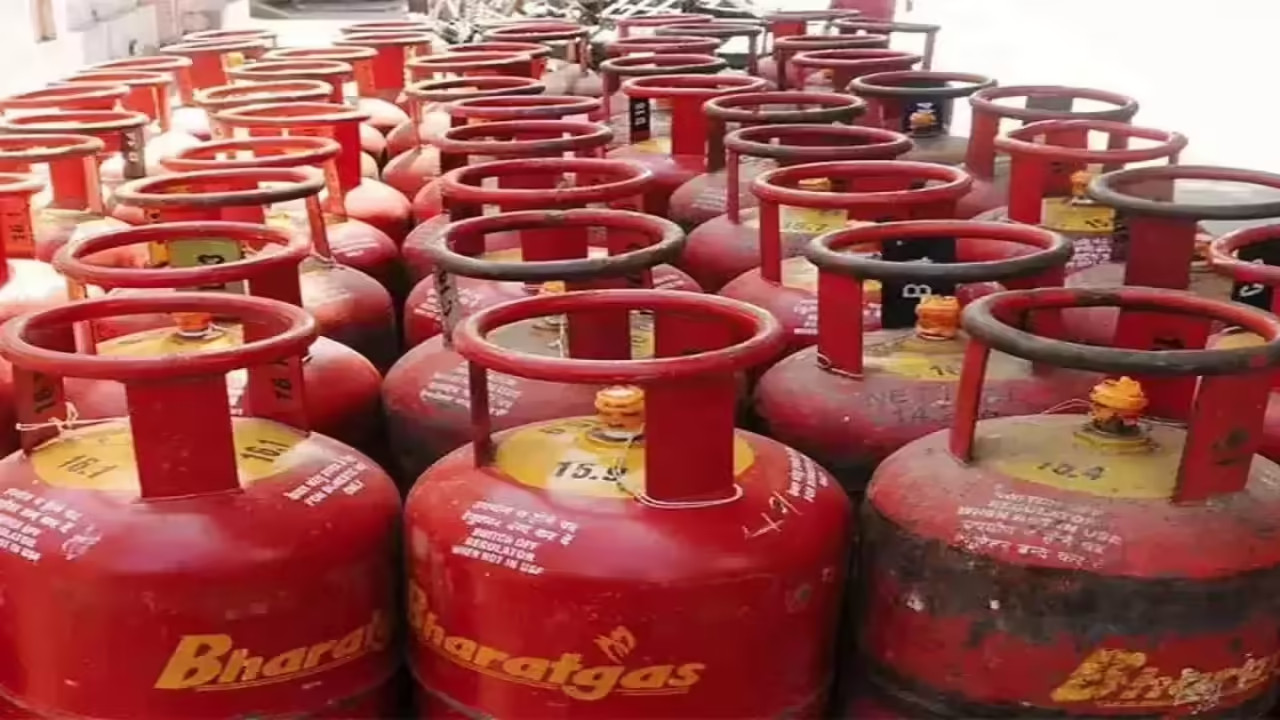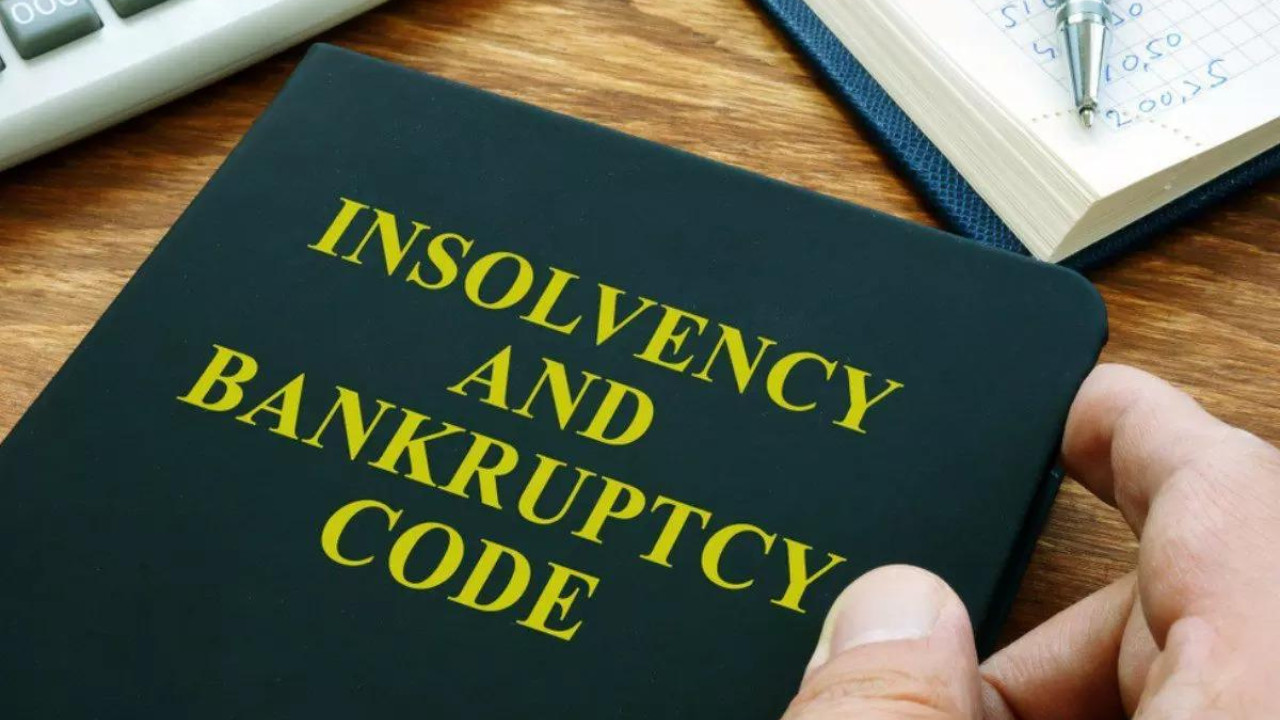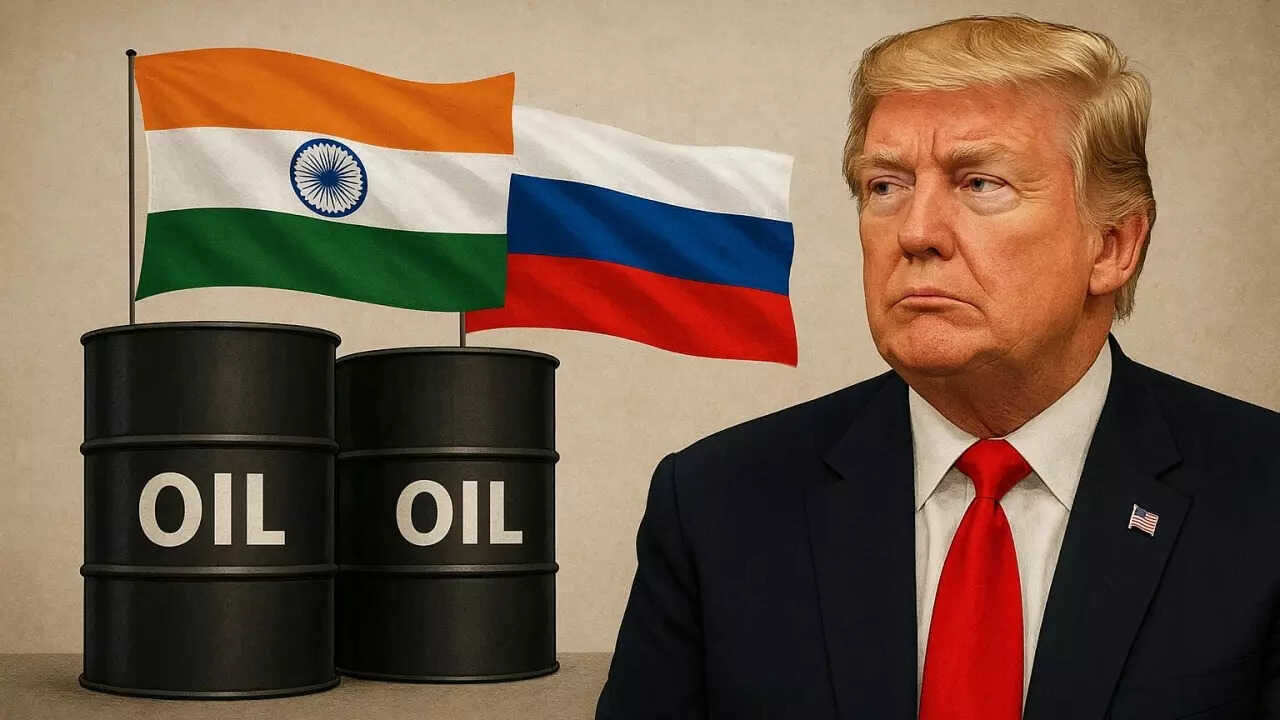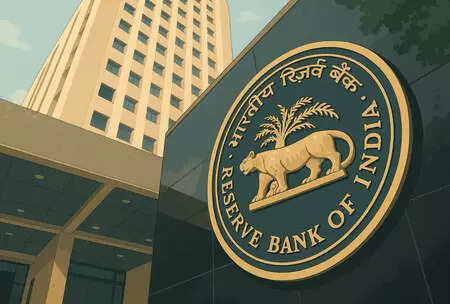Natural Gas Prices Rise: Geopolitical Tensions Squeeze Indian Consumers
The aroma of your morning chai might soon come with a slightly steeper price tag. Starting this July, domestic natural gas prices are seeing a rise, a ripple effect from the ongoing geopolitical chess game being played out thousands of miles away. Specifically, the tensions between Israel and Iran are contributing a noticeable pressure on global energy markets, and India isn’t immune. The increase, hovering around 5%, might seem small, but it has the potential to impact everything from your household budget to the cost of powering industries.
Why this sudden bump? It all boils down to supply and demand, intertwined with a healthy dose of international relations. Natural gas, a crucial component in various sectors, from power generation to fertilizer production, is heavily influenced by global events. When instability flares up in regions critical to energy production and transportation, the market gets jittery. Traders and suppliers anticipate potential disruptions, leading to price hikes – a preemptive strike against uncertainty.

This isn’t just a theoretical concept; it’s real-world economics impacting real people. India, like many nations, relies on a combination of domestic production and imported natural gas to meet its energy needs. When international prices climb, it puts pressure on domestic suppliers to adjust accordingly.
Impact on Your Wallet: More Than Just Cooking Gas
The most immediate impact will likely be felt in your monthly bills. City Gas Distribution (CGD) companies, responsible for piping cooking gas (PNG) to homes and Compressed Natural Gas (CNG) to vehicles, will likely pass on at least some of the increased cost to consumers. Think about it: the fuel powering your stove, the gas powering your car, even the electricity that lights your home – all could see a marginal increase.
But the effects extend far beyond the household level. Industries that rely heavily on natural gas as a raw material or energy source, such as the fertilizer and petrochemical sectors, could also face increased production costs. This, in turn, might translate into higher prices for goods and services down the line, further impacting consumers.
Navigating the Volatility: India’s Energy Strategy
India’s energy policymakers are walking a tightrope, balancing the need to secure affordable energy for its citizens with the realities of a volatile global market. Diversification of energy sources is key. Investing in renewable energy infrastructure, such as solar and wind power, reduces reliance on traditional fossil fuels and provides a buffer against international price shocks.
Moreover, strategic partnerships with gas-producing nations and investments in domestic exploration and production are crucial for ensuring long-term energy security. The government’s push for increased domestic gas production is a step in the right direction, but it’s a long-term game. The government has been actively promoting policies aimed at attracting investment and boosting domestic output. These policies include streamlining regulatory processes and providing incentives for exploration and production activities.
The Broader Picture: Geopolitics and Energy Security
The recent price hike serves as a stark reminder of the interconnectedness of the global energy market and the impact of geopolitical events on everyday life. The situation in the Middle East, specifically the ongoing tensions between Israel and Iran, is creating uncertainty and impacting supply chains. This, coupled with increased global demand, has led to a rise in natural gas prices.
This situation underscores the importance of energy security for nations worldwide. Countries are increasingly focused on diversifying their energy sources and reducing their reliance on volatile regions. Investing in renewable energy, promoting energy efficiency, and strengthening diplomatic ties with energy-producing nations are all crucial steps in ensuring a stable and affordable energy supply. You might also be interested in reading about India’s renewable energy goals and progress.
Ultimately, this latest price increase is a reminder that energy prices are rarely static. They are influenced by a complex web of factors, both domestic and international. While the immediate impact might be felt in our wallets, it also highlights the need for a comprehensive and sustainable energy strategy that can weather the storms of global volatility and ensure affordable energy for all.







